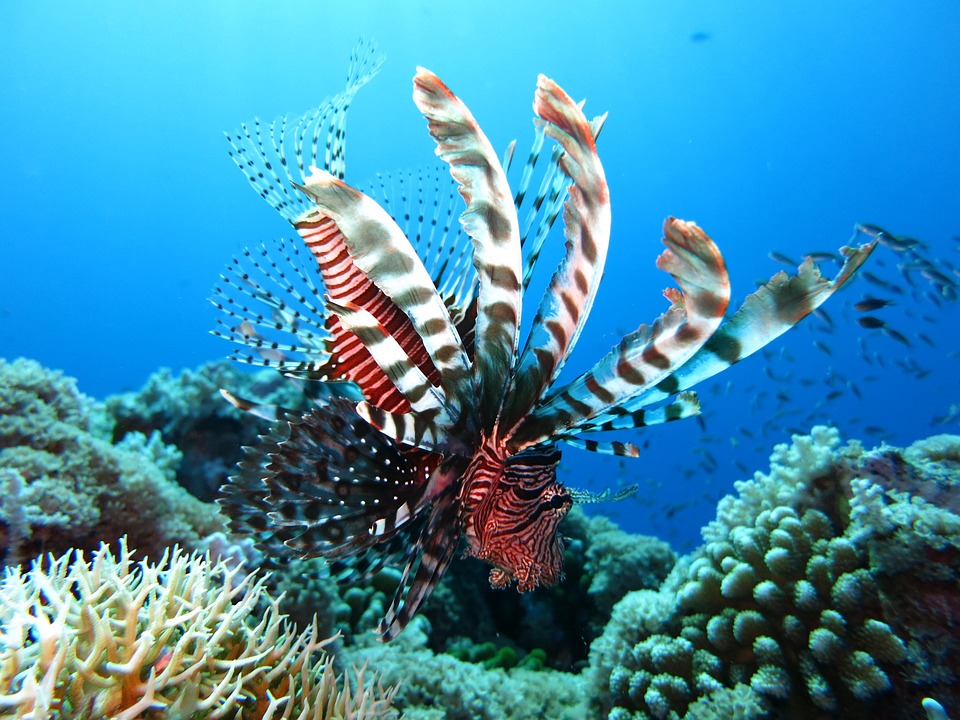Table of Contents
Introduction
Snorkelling is a popular recreational activity that allows individuals to explore the wonders of the underwater world without the need for scuba diving equipment.
To fully enjoy this experience, it is essential to have the appropriate snorkelling gear.
In this article, we will take a deep dive into the anatomy of snorkelling gear, from fins to masks, to understand how each component contributes to a successful snorkelling adventure.
The Importance of Fins
Fins are a fundamental part of snorkelling gear as they provide propulsion and control in the water.
They come in various shapes and sizes, each serving a specific purpose.
Short, stiff fins are ideal for maneuverability and strong kickers, while longer, more flexible fins are excellent for individuals who prefer a slower-paced snorkelling experience.
The type of fin you choose will depend on your personal preferences and the conditions of the water you will be snorkelling in.
The Functionality of Masks
A well-fitting mask is crucial for a comfortable and enjoyable snorkelling experience.
The main purpose of a snorkelling mask is to create an air pocket in front of your eyes, allowing you to see clearly underwater.
Masks are typically made of a soft, flexible material with a silicone skirt that creates a watertight seal against your face.
It is essential to choose a mask that fits properly and provides a good field of vision to ensure optimal visibility during your snorkelling adventures.
The Significance of Snorkels
A snorkel is a tube that allows you to breathe while keeping your face submerged.
It is attached to the side of the mask and protrudes above the water’s surface, providing you with a continuous supply of air.
Modern snorkels often incorporate a splash guard or a valve at the top to prevent water from entering the tube.
Some snorkels also feature a purge valve at the bottom to make clearing any water that enters easier.
Choosing a snorkel that is comfortable and easy to use is essential for a hassle-free snorkelling experience.
The Benefits of Wetsuits
Although not always necessary, wetsuits can provide several benefits during snorkelling.
They offer thermal insulation, keeping your body warm in cooler waters.
Additionally, wetsuits provide some protection against scrapes, stings, and minor jellyfish encounters.
The thickness of the wetsuit will vary depending on the water temperature and personal preference.
It is important to choose a wetsuit that fits snugly to maximize its thermal insulation properties.
Caring for Your Snorkelling Gear
Proper care and regular maintenance can prolong the lifespan of your snorkelling gear.
After each use, rinse your gear with fresh water to remove any salt or sand.
Allow it to air dry thoroughly before storing it in a cool, dry place.
Avoid exposing your gear to direct sunlight for extended periods as this can cause deterioration.
Inspect your gear regularly for any signs of damage or wear and replace any worn-out components.
By taking care of your snorkelling gear, you can ensure its longevity and continue enjoying memorable snorkelling experiences.
FAQs
1. How do I choose the right size of fins?
Choosing the right size of fins is crucial for comfort and performance.
Most snorkelling fins are sized using a universal sizing chart based on shoe sizes.
However, it is recommended to try on the fins before purchasing to ensure the perfect fit.
The fins should feel snug but not too tight, and they should not pinch or cause discomfort.
It is also important to consider the type of booties or socks you may wear with the fins to ensure compatibility.
2. Can I wear contact lenses with a snorkelling mask?
Yes, wearing contact lenses with a snorkelling mask is generally safe and feasible.
However, it is essential to take precautions to prevent any issues.
Ensure that the mask is properly fitted and provides an adequate seal to prevent water from entering, as contaminated water can cause eye infections.
Additionally, you may consider using defogging solutions to minimize the chances of your mask fogging up, which can be especially problematic for contact lens wearers.
3. How do I prevent my snorkel from flooding?
To prevent your snorkel from flooding, it is important to choose a snorkel with a splash guard or a valve at the top.
These features help to prevent water from entering the snorkel, even in rough waters or while diving beneath the surface.
Additionally, proper positioning of the snorkel mouthpiece in your mouth can reduce the chances of water entering.
It is recommended to practice breathing techniques to minimize the risk of water getting into the snorkel tube.
4. How should I clean my snorkelling mask?
To clean your snorkelling mask, rinse it thoroughly with fresh water after each use.
Use a mild, non-abrasive soap to remove any residue or salt buildup.
Avoid using harsh chemicals or abrasive materials that can damage the mask.
Rinse the mask again to ensure all soap is removed, and allow it to air dry completely before storing it.
Store the mask in a protective case or pouch to prevent scratches and damage while not in use.
5. Can I use my snorkelling gear for scuba diving?
Although some snorkelling gear may be compatible for shallow scuba diving, it is generally recommended to use specific scuba diving equipment for diving activities.
Snorkelling gear is designed specifically for surface swimming and shallow dives, and it may lack the necessary features and capabilities required for deeper dives.
Using the appropriate equipment for each activity ensures safety and maximizes enjoyment.





